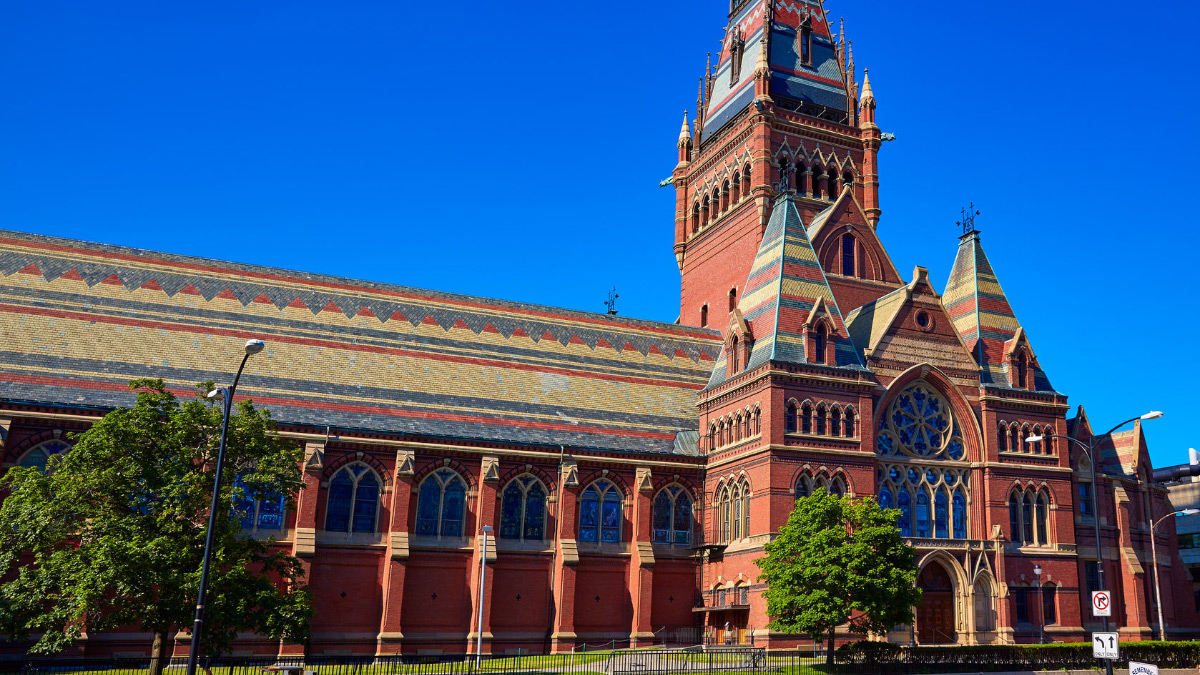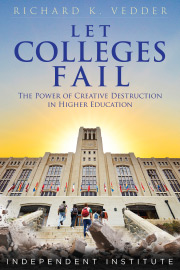Most of the criticism of higher education revolves around teaching: fees are too high, too little learning is going on, viewpoint diversity is absent. Perhaps because it is less visible to the public, less emphasis is placed on research. Here the problems are similarly significant and growing. For years I thought the problem was mainly over-investment: too many professors were writing too many largely unread papers for mostly obscure journals on trivial topics. Increasingly, however,there is a second problem: a good bit of research cannot be replicated. Being able to reproduce results of others to demonstrate that a consistent relationship exists is the hallmark of the scientific method. Additionally, papers that are supposedly peer reviewed by fellow scholars to check for scientific validity and relevance often are not. And the problem is even worse: occasionally completely bogus research is published from fictitious authors on bizarre research topics.
The most recent scandal involved three scholars who submitted 20 totally fake papers to academic journals, writing under assumed names. Seven of the papers were accepted (four making it into print), seven more were under review, and only six clearly rejected for publication. The most notorious paper was published in a journal, Gender, Place & Culture, that apparently focuses on a topic of existential importance: “feminist geography.” The authors claimed that “Dog parks are Petri dishes for canine ‘rape culture.’” It argued that the rape of female dogs by their male counterparts provides insight into human issues of rape. The paper was a figment of the imagination of the authors, not the non-existent “Helen Wilson” who allegedly wrote it. The 20 papers all focused on an area of research called “grievance studies.”
The publishing of ridiculous, nonsensical papers goes back decades. NYU physicist Alan Sokal authored a paper in Social Text in 1996 full of gibberish and entitled “Transgressing the Boundaries; Toward a Transformative Hermeneutics of Quantum Gravity.” He was showing how barren the ideologically laden, incomprehensible (to most highly literate human beings) postmodernist literature often is. In 2013, a journalist/scientist, John Bohannon, wrote a fake paper with deliberately laughably bad methodology (including no clinical trials) purporting to reveal a promising new cancer fighting drug. He submitted it to over 100 open-access journals, many of which offered to publish it--for a fee. According to the Economist, a scientist in Finland estimates over 400,000 articles in questionable journals are published annually--one every 79 seconds, day and night, 365 days a year. Even in reputable peer reviewed journals, examples of so-called scientific results that cannot be reproduced by others abound. The National Association of Scholars (of which I am a member) in a recent report argued this is a major problem.
Why are conventional standards of scholarship being abandoned? Several favors are at work. First, there are too many professors writing under the pressure of “publish or perish” for too many journals, most of which almost no one reads. The professors must publish to advance professionally, yet there are not enough truly reputable journals to assure that everyone gets published enough to meet minimal academic expectations. Second, the Law of Diminishing Returns is working: the first or fifth or maybe even the 20th paper on an interesting subject adds something to the stock of knowledge, but at some point, maybe the 100th paper, there is literally nothing left of significance worth saying.
Third, and perhaps more controversial, ideologically driven individuals are creating so-called academic disciplines in order to provide outlets for their views and to get tenure. The notion of a journal with a feminist geography orientation is an example. Does the Real World (outside of academia) recognize the need or validity of combining the study of places with issues relating to gender? In order to disguise the paucity of real content, many articles use incomprehensible jargon that sounds learned but which masks the paucity of scientific content and the ideological predilections of the author. College presidents more interested in job security and campus peace than academic truth and integrity have allowed creating pseudo disciplines and academic departments in a largely futile effort to bribe and appease leftest campus ideologues.
Is it no wonder Gallup poll data show a sharp declining public confidence in universities in just the last three years.













